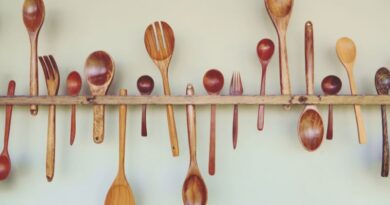From the last few decades, both the cocotte and dutch oven have been the most suitable cookware for one’s kitchen. However, most people are introduced to only dutch ovens, which have enameled cast iron coating. Therefore, a lot of confusion has arisen among people about cocotte and dutch oven. But, don’t worry; we can clear all the doubts by comparing cocotte vs dutch oven.
Cocotte vs Dutch Oven: Overview
There is a slight difference between Cocotte vs Dutch Oven. The dutch oven has enameled cast iron coating surface, while cocotte doesn’t. Another significant difference to consider is that a cast iron dutch oven is suitable for seasoning. One can use dutch oven cookware at the naked flame. In other words, one can use a dutch oven for outdoor cooking. Whereas cocotte cannot be used for seasoning, it is perfect cookware for indoor occasions.
Cocotte vs Dutch Oven: What is Cocotte?
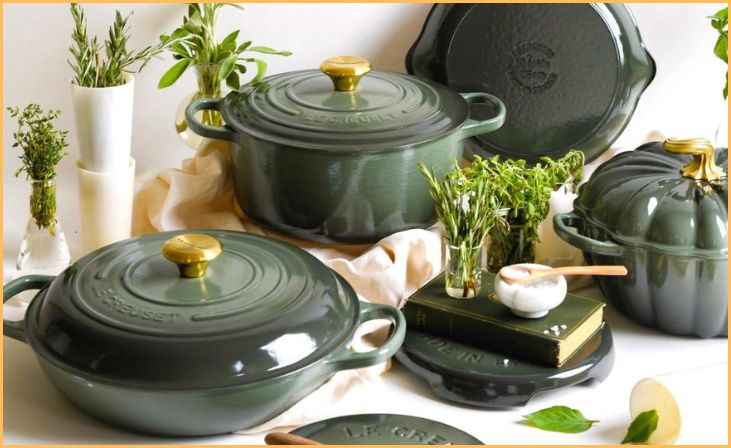
The enamel dutch oven is popularly known as cocotte in France and Europe. Also, Some people refer to it as the french oven. Moreover, the word “cocotte” was called “french” in 1865, which has been used for small round or oval appearance. Cocotte cookwares or pot are made up of earthenware and fireproof porcelain and are used for cooking portions of meal, fowl, or game.
See Also: Gotham Hammered Pan Reviews: Easy To Cook And Safe To Eat!
Cocotte vs Dutch Oven: What is a Dutch Oven?
“In the United States, Dutch ovens are often referred to as French ovens, although they share the same fundamental design and functionality. The term ‘Dutch oven’ traces its origins back to 1760 when these pots were described as cookware distinguished by their heavy lids. These versatile cooking vessels have since become a kitchen staple, cherished for their ability to excel in a wide range of culinary tasks. Their durable construction, typically made from materials like cast iron or enameled cast iron, allows for even heat distribution and retention, making them ideal for preparing roasts, stews, soups, and a myriad of other dishes. The Dutch oven’s versatility in accommodating various cooking methods, from braising to baking, has solidified its status as an indispensable piece of cookware in kitchens around the world.”
Cocotte vs Dutch Oven: The Actual Difference
Cocotte, French oven, and Dutch oven are different names for Dutch ovens made by other companies and brands. This makes it even more difficult for people to figure out what they are and how to use them.
Le Creuset and Staub, two well-known brands of cookware and accessories, both have cocotte, French ovens, and Dutch ovens in their wide ranges of cookware and other items for the kitchen.
Both cocotte (French ovens) and dutch ovens are cast iron and have enamel on them. Cast with thick walls, bases, and a lid that fits very well. Dutch ovens usually have spikes or “nipples” on the inside of the lid, but this is not always the case. These spikes let the flavorful condensation drip back into the oven, so we can enjoy the full-bodied flavors we all love so much when we eat our food.
These two cooking tools are very different. The main difference is between the Dutch oven and the cocotte. To get the most out of the lids of Dutch ovens, they’re curved. While some cocotte, like the Staub Brand cocotte, has a flat lid with spikes, this one doesn’t. As a result, it has a lot of great self-basting benefits, but it looks a bit different.
Many different types of cocotte and Dutch ovens are available. In addition to their various shapes and sizes, they are available in several colors, weights, and finishes.
Cocotte vs Dutch Oven: Benefits
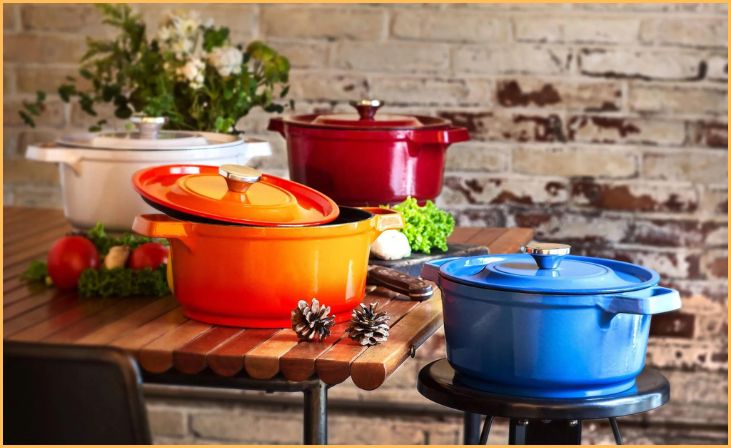
Benefits From Dutch Oven
- Dutch ovens have a nonstick coating made without any chemicals.
- Moisture holding lid allows condensation to occur and adds taste to the meal.
- It is durable if you keep it with good maintenance and care.
- A Dutch oven is perfect cookware for stews, soups, casseroles, and baking.
- It prepares food quickly.
- A Dutch oven can be used outside cooking, such as on nake flames and woods.
Benefits From Cocotte
- Cocotte maintenance requires fewer efforts.
- Suitable for almost every practical dish, with tight lids
- Cocotte offers various beautiful colors in cookware.
- Moreover, it also provides you multiple shapes and sizes.
- The cocotte is perfect for deep fry, baking, and braising meat and vegetables.
- It has compatibility.
Cocotte vs Dutch Oven: In Terms of Different Categories
Cocotte and dutch oven have several differences. However, it is pretty challenging to find them. So here we are with cocotte vs dutch oven. In this section, you will learn about the significant differences that should be considered and categorized in different terms.
Maintainance and Care
A cast-iron Dutch oven requires seasoning before and after use, but a Cocotte does not. Cleaning pure cast iron cookware with harsh abrasives might remove the seasoned coating. If the meal is deeply embedded, boil some water to release it. A clean cast iron Dutch oven may be hard to handle, which should be considered and learned while a Cocotte requires attention.
Because excessive temperatures may cause the coating to chip, break, or melt. Never use a Cocotte on wood or hot embers.
Cooking Ideas
A Dutch oven is an excellent alternative if you like camping and cooking outdoors. A Dutch oven fits nicely on any burner, inside or out.
It may be used over wood, flames, or hot coals. It can tolerate tremendous heat. Unsafe in an oven or dishwasher. But it isn’t heat resistant. So don’t cook outside with bare wood or coal fire.
Preheat an empty French oven. It might fracture and peel the coating. To warm a French oven, pour a little oil and set it inside while it is cold. This slows down the cooking process. Also, a Dutch oven and cocotte may be used to make braises, deep-fried dishes, and baked dishes. Both are used to prepare the same food.
Durability
“While pure cast iron Dutch ovens and Cocottes boast robustness and sturdiness, French ovens tend to be more compact in comparison. The difference in weight and size between these variations can be noticeable. However, despite their durability, Cocottes, especially those coated with porcelain enamel, require delicate handling. The porcelain enamel coating, while enhancing the oven’s aesthetics and ease of cleaning, can be susceptible to chipping or breaking if subjected to rough handling. To maintain the integrity of the Cocotte, it’s advisable to handle it with care, avoiding the use of heavy spoons or ladles that might impact or scrape the enamel surface. This cautious handling preserves the Cocotte’s appearance and ensures its longevity, allowing for continued enjoyment of its cooking capabilities for years to come.”
See Also: Rice Paddle Spoon Review: Top 3 Rice Paddles
Weight
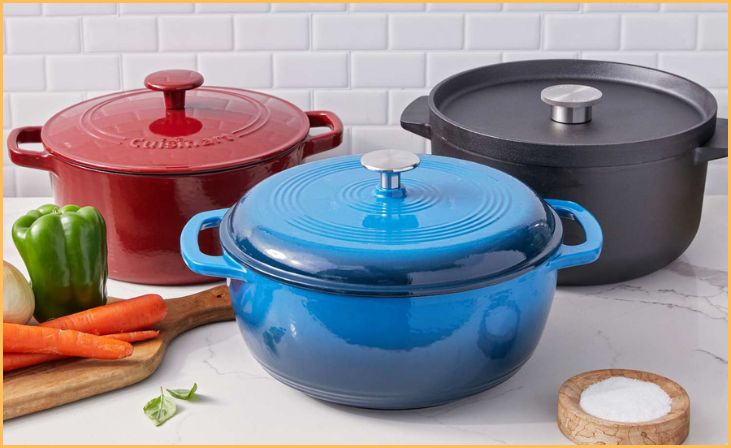
“The weight of Dutch ovens can fluctuate based on their size, construction materials, and design elements. Generally, Cocottes or Dutch ovens come in different sizes, and their weight correlates with their dimensions. A Cocotte crafted purely from cast iron tends to be comparatively heavier due to the material’s inherent density and robustness. The solid construction of pure cast iron enhances its durability and ability to distribute heat evenly, but this sturdiness contributes to its slightly bulkier weight. However, the weight variations are often considered a trade-off for the superior cooking performance and longevity these heavy-duty Dutch ovens offer, making them a preferred choice for many culinary enthusiasts.”
Aesthetics
French ovens are noted for their gorgeous porcelain enamel coating that adds color and elegance to your kitchen. You may both prepare and serve meals inside. The coating’s gleaming hues create a stylistic statement on their own.
They have a pleasing visual appeal. The traditional Dutch oven is ugly. Modern cast-iron Dutch ovens come in a variety of forms and shapes. In addition, efforts have been made to make it appealing to prepare and serve meals straight.
Top 4 Dutch Ovens to Buy
Staub Cast Iron Round Cocotte
As with the previously described doufeu, you may add ice cubes in the recessed lid of this pot to enhance the amount of condensation that forms within it.
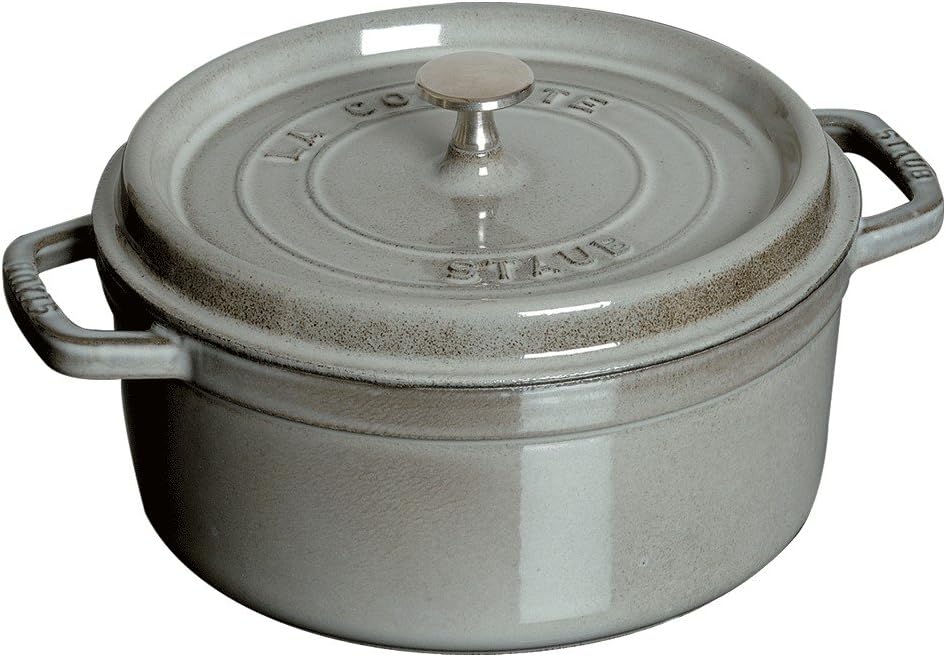
- Material – Cast Iron
- Brand – STAUB
- Capacity – 5.49 Quarts
- Color – Graphite Gray
- Finish Type – Enamel
Staub Cast Iron Tomato Cocotte
This petite 3-quart cocotte is ideal for summer recipes and will become an actual heirloom tomato as it is passed down from generation to generation.
Staub Cast Iron Tomato Cocotte
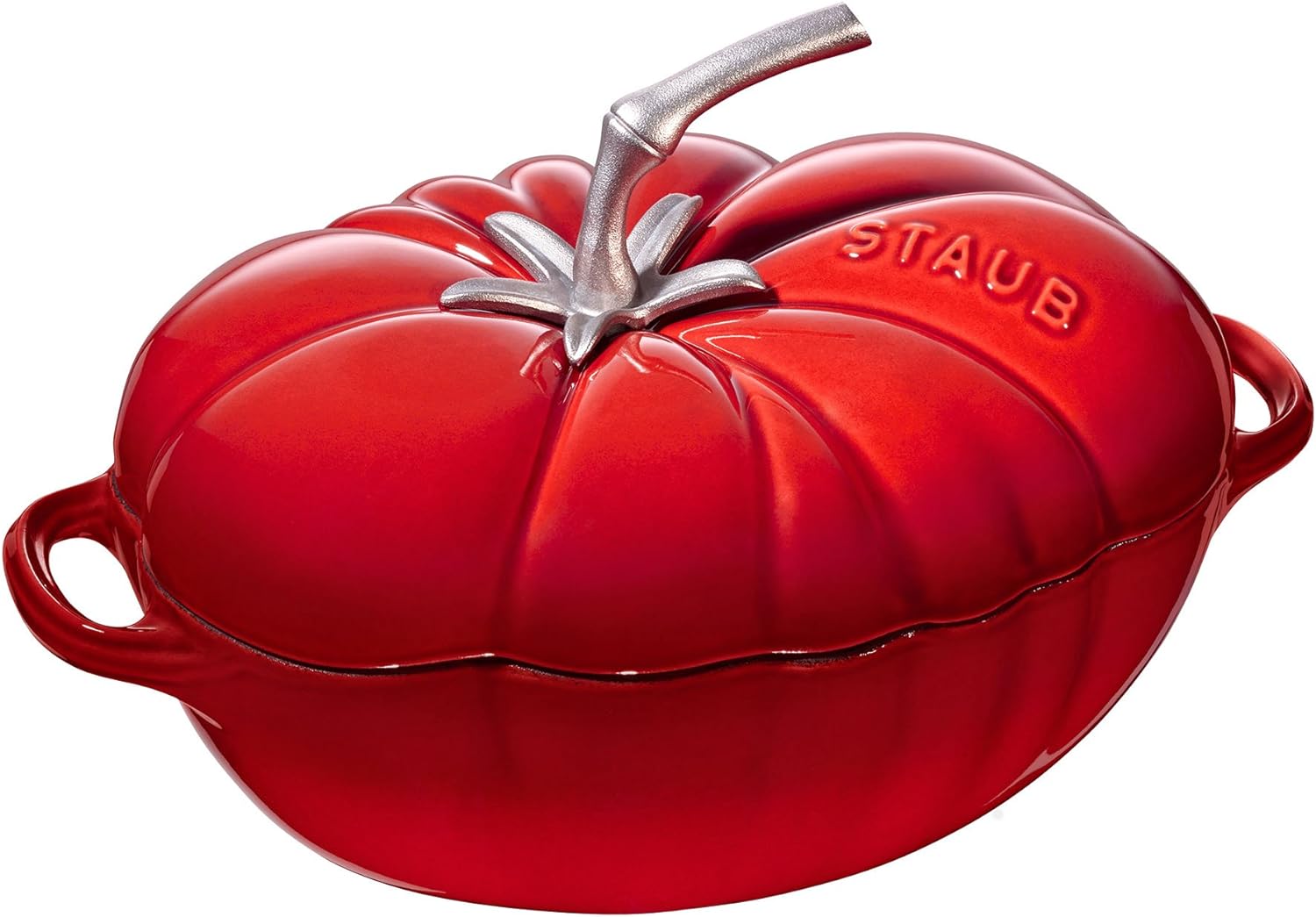
- Material: Cast Iron
- Brand: STAUB
- Capacity: 3 Quarts
- Color: Cherry
- Finish Type: Enameled
Staub Cast Iron Pumpkin Cocotte
And here’s a cute petite pumpkin cocotte for the autumn season.
Staub Cast Iron Pumpkin Cocotte
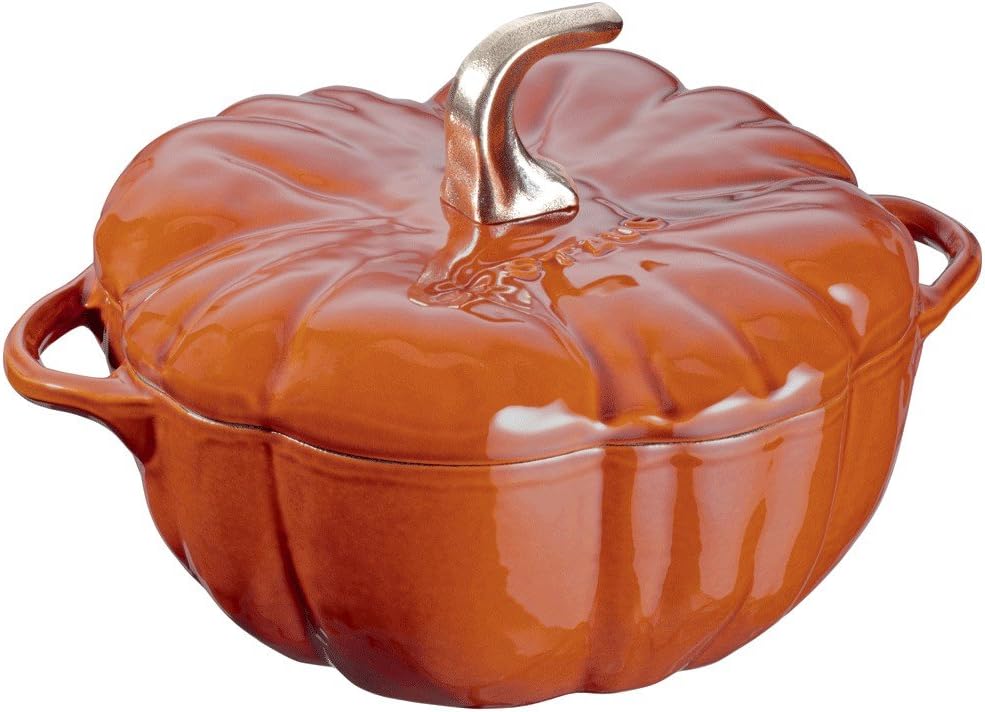
- Material: Cast Iron
- Brand: STAUB
- Capacity: 3.5 Quarts
- Color: Burnt Orange
- Finish Type: Non Stick, Enameled
Le Creuset Signature Enameled Cast-Iron Oval Dutch Oven
Because of the oval form of this Dutch oven, you can cook larger quantities of meat in it (and it gives you an excuse to collect even more colors)
Le Creuset Signature Enameled Cast-Iron Oval Dutch Oven
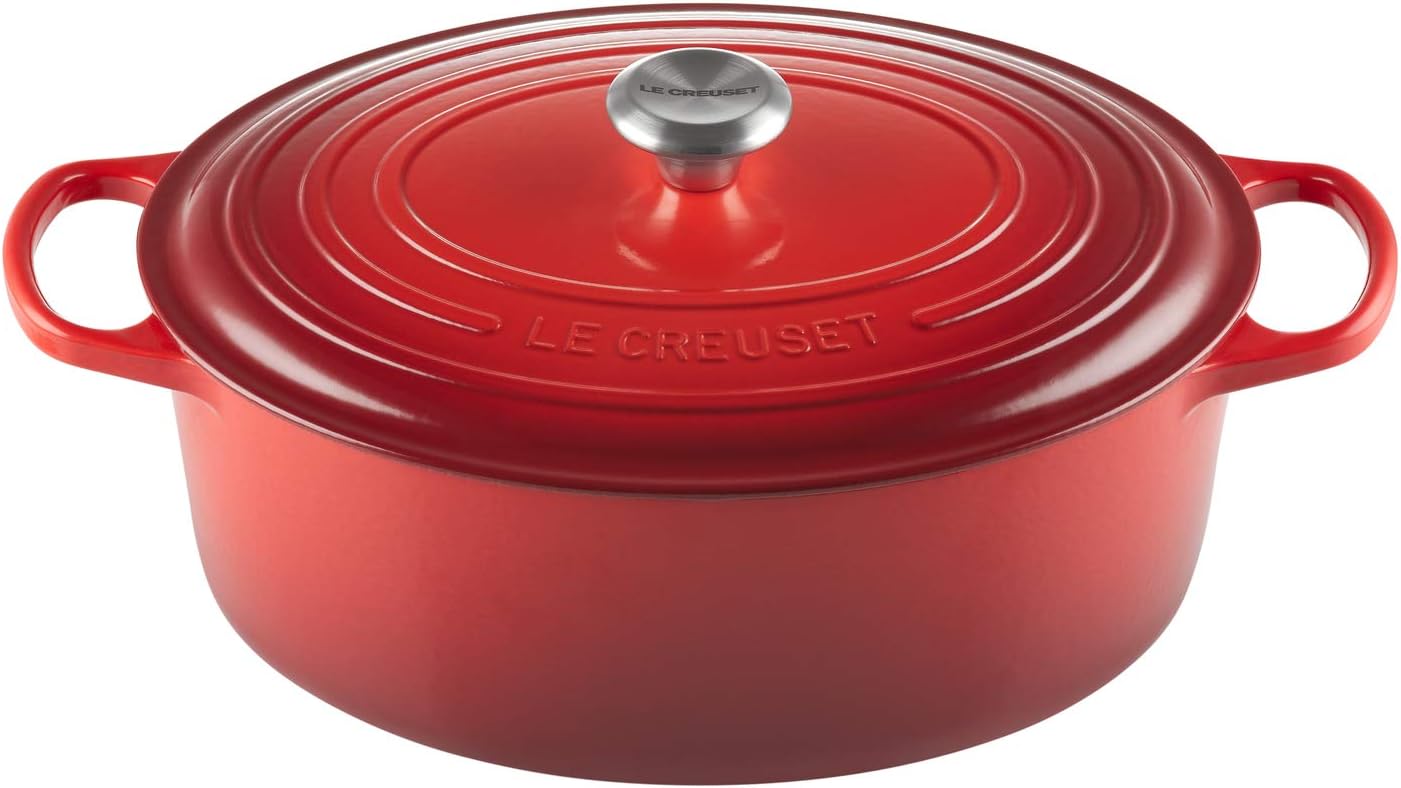
- Material: Cast Iron
- Brand: Le Creuset
- Capacity: 8 Quarts
- Color: Cerise
- Finish Type: Enameled
Bottom Line
As you can see, there are several significant distinctions between a cocotte and a Dutch oven. It’s almost non-existent, to be honest. Understanding the distinctions between a Cocotte and a Dutch oven unveils subtle yet essential differences in design, materials, and functionality. While both are versatile cooking vessels, a Cocotte typically refers to a smaller, often enameled cast iron pot, often associated with French culinary traditions.
On the other hand, a Dutch oven usually encompasses a broader range of sizes and materials, including cast iron or enameled cast iron, and is more commonly recognized for its versatility in various cuisines. Choosing between a Cocotte and a Dutch oven depends on personal cooking preferences, size requirements, and desired culinary applications, ensuring a perfect fit for diverse cooking needs.
Which one is the most appropriate for you? Although it is a matter of personal preference, you should consider the following factors to get the most out of these great cooking pots.
Frequently Asked Questions
A Cocotte generally refers to a smaller-sized, often enameled cast iron pot, often associated with French cooking traditions, while a Dutch oven encompasses a broader range of sizes and materials, including cast iron or enameled cast iron.
Cocottes are typically used for smaller portions or individual servings, while Dutch ovens cater to larger meals or batch cooking, offering more versatility in portion sizes and cooking applications.
Both Cocottes and Dutch ovens can be made from cast iron or enameled cast iron. However, Cocottes are often associated with enamel-coated surfaces, offering a smooth, non-reactive cooking environment.
Cocottes are often recognized for their elegant, smaller designs, sometimes coming in vibrant colors, whereas Dutch ovens are known for their larger, more utilitarian appearance, available in various sizes and colors.
Due to their smaller size and potentially delicate enamel coating, Cocottes may require more delicate handling to prevent chipping or damage, compared to Dutch ovens, which are generally more robust and versatile in handling.






